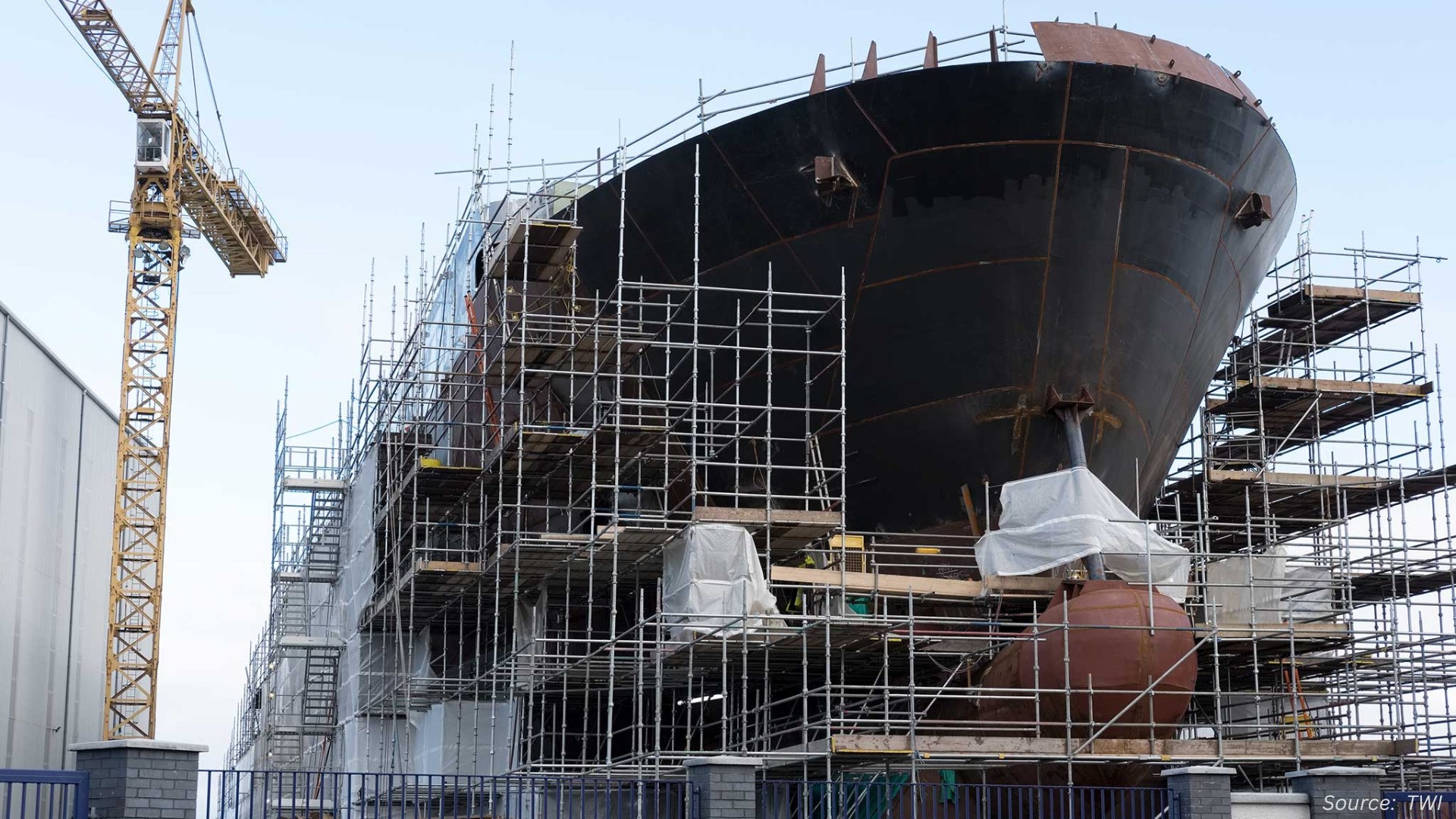Africa Military Ethernet Switches Market is Expected to Reach USD 2.91 Million by 2030
Published: 2025-01-25
The consistent military spending drives the Africa military ethernet switches market during the forecast period.
The Africa Military Ethernet Switches Market was valued at USD 1.73 million in 2023, and is expected to reach USD 2.91 million by 2030, with a CAGR of 6.3% from 2024 to 2030, according to new research by Next Move Strategy Consulting.
Africa, encompassing countries such as South Africa and Ghana, among others, witness’s consistent military spending that propels the Africa military ethernet switches market growth. The allocation of funds to defense budgets in Ghana and South Africa significantly contributes to this trend. As countries in the region prioritize strengthening their defense capabilities, there's a growing demand for advanced communication systems to support military operations.
Military ethernet switches play a critical role in confirming secure and efficient data transmission within military networks, making them indispensable components of defense infrastructure. In 2023, the Ministry of Defence in Ghana allocated USD 312.27 million to its defense budget, while South Africa's military expenditure for the same year reached USD 3 billion.
These investments not only reflect a commitment to enhancing defense capabilities but also present rewarding opportunities for the growth and expansion of the Africa military ethernet switches market trends. Moreover, the escalating arms exports significantly drive the military ethernet switches market in Africa.
As countries ramp up their arms exports and invest in modern military technology, the demand for advanced communication systems ensuring secure and efficient data transmission grows. Military ethernet switches play a crucial role in supporting these systems by providing robust network infrastructure for various defense applications.
According to the Chicago Policy Review, Europe accounts for over 40% of global weapons exports, with annual earnings ranging between USD 100 billion and USD 200 billion, steadily growing each year. This surge in arms exports amplifies the need for sophisticated ethernet switches, enhancing military operational capabilities and technological advancements.
However, high costs connected with the development and deployment of military ethernet switches restrain market growth by limiting the budgets available for procurement and modernization of communication infrastructure. These specialized devices require extensive research and development to meet stringent military standards for durability, security, and performance, foremost to higher production expenses.
Also, the costs of rigorous testing, certification, and integration with existing systems further heighten the financial burden. As a result, defense agencies and organizations prioritize other critical needs over upgrading their communication networks, thereby slowing the adoption and expansion of military ethernet switches.
On the other hand, the increasing integration of advanced technologies such as artificial intelligence (AI), machine learning (ML), and the Internet of Things (IoT) in military applications is expected to create future growth opportunities in the military ethernet switches market. With AI and ML driving advancements in self-governing systems, threat detection, and decision-making processes, the need for high-speed, low-latency networking solutions becomes paramount.
IoT integration will expand the scope by connecting a multitude of sensors and devices, requiring advanced ethernet switches to handle the increased data load and ensure interoperability. These technological advancements jointly will enhance the demand for sophisticated military ethernet switches capable of supporting complex, data-intensive operations, thereby enhancing future growth opportunities.
Request for a Sample PDF on the Africa Military Ethernet Switches Market
Several key players functioning in Africa military ethernet switches industry include Siemens AG, Cisco Systems, Inc., Microsemi, Curtiss-Wrights, Extreme Networks Inc, Amphenol Corporation, Moog Inc., Aeronix, Inc, Ontime Networks, Llc, Enercon Technologies (Techaya), and others.
Key Insights from the Africa Military Ethernet Switches Market Report:
-
The information related to key drivers, restraints, and opportunities and their impact on the Africa military ethernet switches market is provided in the report.
-
The value chain analysis in the market study provides a clear picture of the roles of each stakeholder.
-
The market share of players in the Africa military ethernet switches industry is provided in the report along with their competitive analysis.
















Add Comment